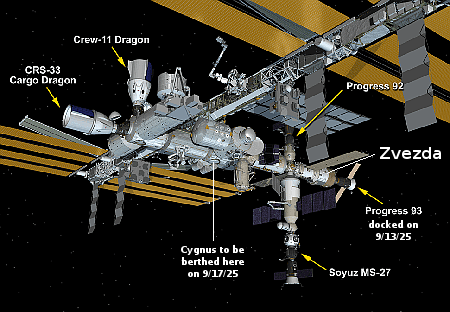
The left’s response to this murder
is to celebrate it
I had an essay planned for completion this afternoon on how to reform our education system, but that can wait until tomorrow. What matters today is the public assassination of Charlie Kirk, the founder of Turning Point USA, a college-focused pro-American conservative organization that has done more in the past ten years to reshape American culture than any pundit or politician anywhere.
Why was Kirk murdered? The murderer is still at large but we can make a reasonable guess. Kirk, only 31, was an outspoken conservative who unequivocally believed in the fundamentals of American society, including freedom, small government, color-blind rules, and the right of every person to pursue happiness. This is not propaganda on my part. I have listened to many of Kirk’s speeches and appearances, and at no time did he do anything to contradict these conclusions. If anything, he made these beliefs crystal clear to anyone who would listen.
Because of those beliefs, he had become a major opponent of the Democratic Party and its now radical Marxist/leftist/queer agenda, which also now hates America and everything it has stood for since its founding almost 250 year ago.
As such, the left — including numerous mainstream elected Democrats and their minions in the propaganda press — have repeatedly slandered him — without any evidence — as a fascist, racist, Nazi, hate-monger, and bigot. Those ugly words — utter lies — made him a target for the crazies on the left, and now one of those crazies has snuffed out his life prematurely.
The left and its propaganda press will work hard to make excuses for this evil act, but as they do so they will simply prove my point above. Already anchors on MSNBC are slandering him again, calling him “divisive” and “awful” who said things that upset people and thus we shouldn’t be surprised he was killed. “It was HIS fault!” On social media leftists are celebrating this evil act, showing us how utterly evil they are.

Charlie Kirk
Kirk’s work will go on. In fact, expect it to expand considerably on campuses nationwide. The American people will no longer tolerate this evil. They are going to shut it down, aggressively, and with joyous fervor. And the left will once again scream “Facists!”, but the only fascists Americans will see are the murderous hate-mongering people on the left.
As for Kirk and his family, today’s events are horrible beyond words. We can only express the deepest sympathy to his wife Erika, who is now left a widow with two small children. She and those kids have been robbed of a husband and father, for no more reason that the words that Charlie Kirk spoke.
America stands for better. Kirk knew this, and spent every day of his short life trying to bring our country back to its original values of freedom and good will. It is our obligation to honor that man and those values and do whatever we can to make his dream a reality.












